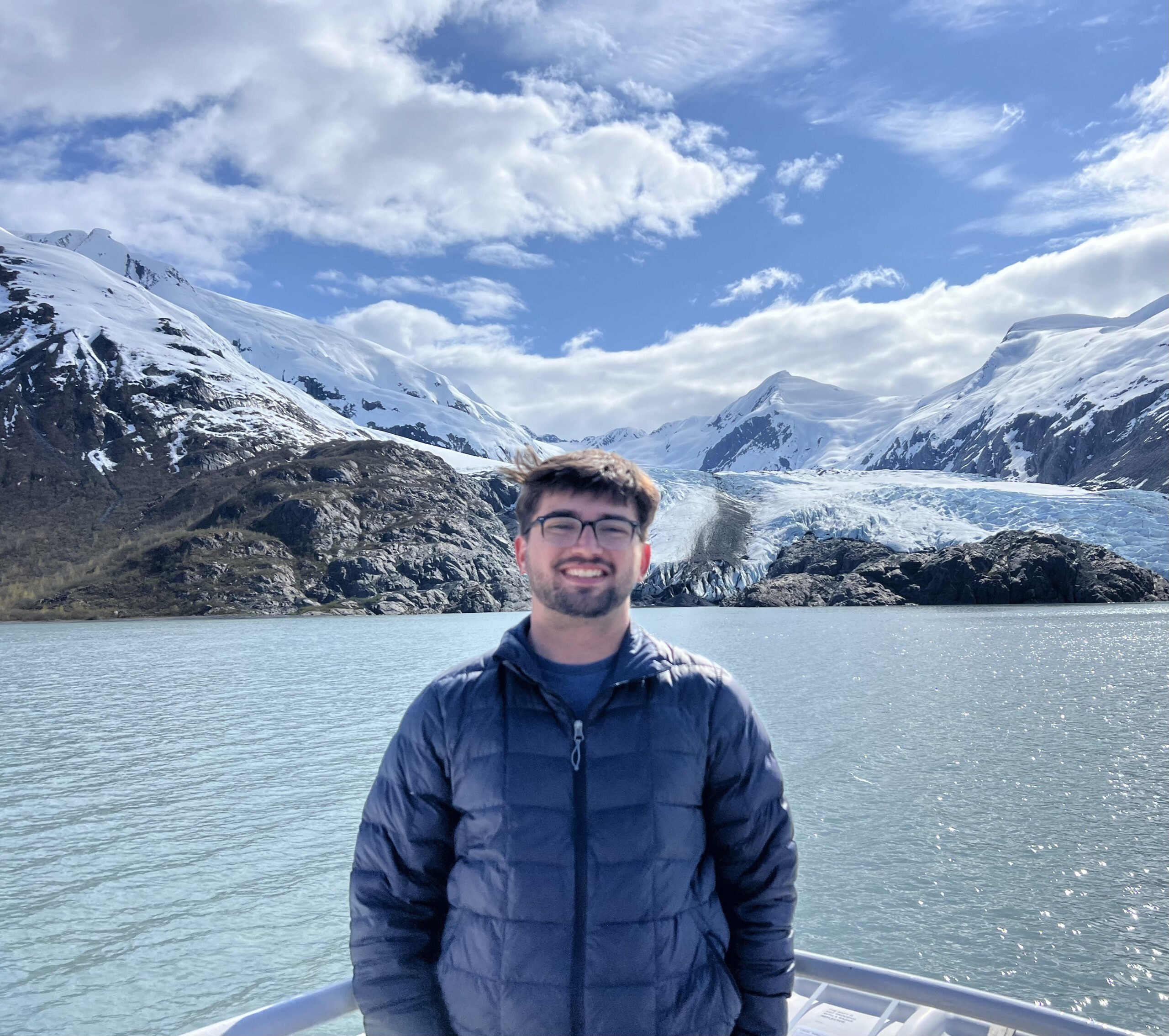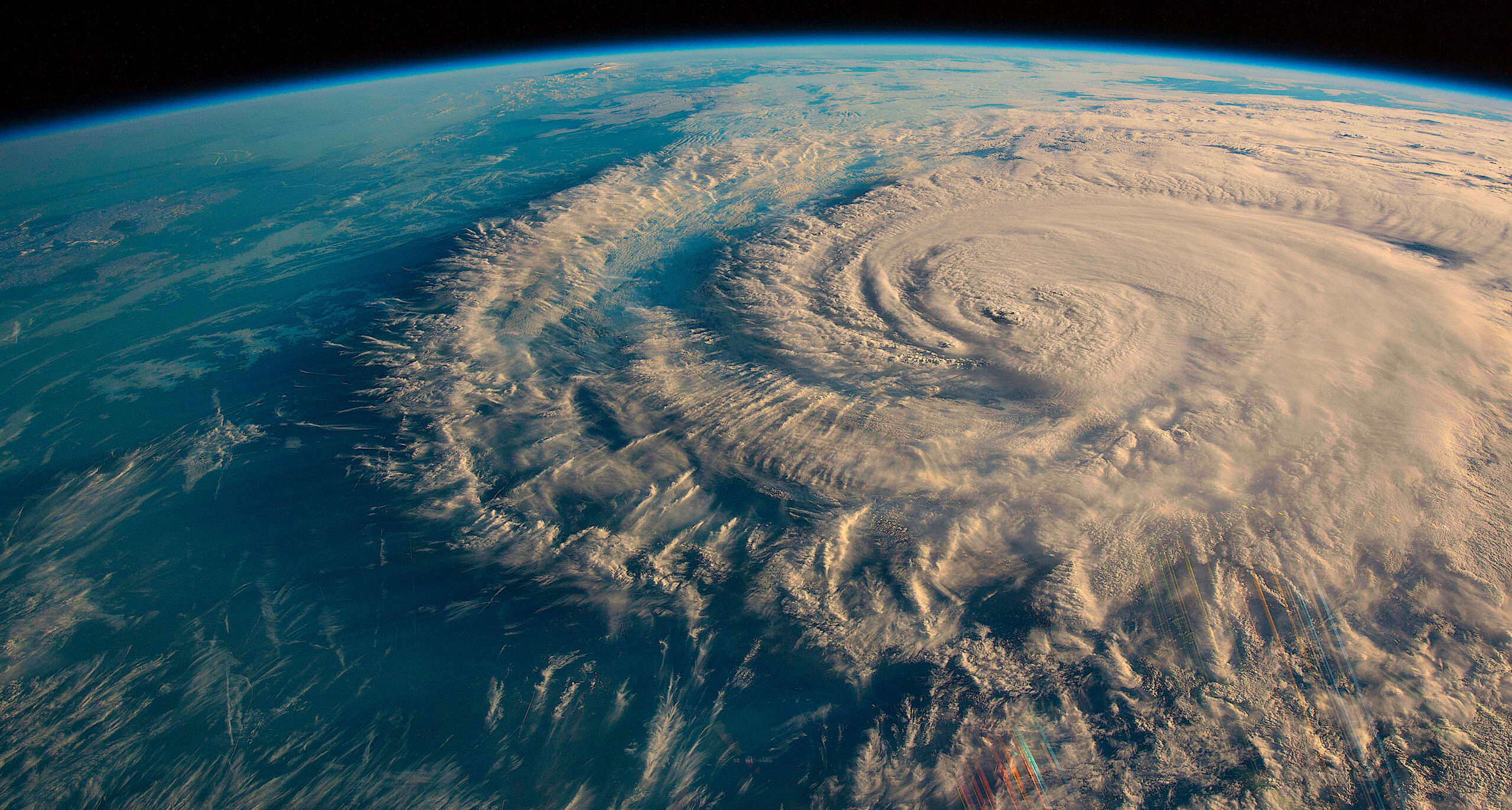FOR IMMEDIATE RELEASE
CONTACT: John Fear, jmfear@ncsu.edu
or Justin Ridge, justin.ridge@deq.nc.gov
Sam Holberg is the 2025 North Carolina Coastal Research Fellow. Holberg is a doctoral student in biological and agricultural engineering at NC State, and his research will look at floating oyster aquaculture and how the infrastructure may influence shoreline change.
North Carolina Sea Grant and the N.C. Coastal Reserve and National Estuarine Research Reserve (Reserve) jointly fund this opportunity, which is open to graduate students across North Carolina. With funding for one year, recipients conduct research at one or more of the Reserve’s 10 sites.
“I am very excited to be the NCSG-Reserve Fellow for 2025-2026,” says Holberg. “I am especially looking forward to engaging with stakeholders, whether it be from Sea Grant, the Reserve, or the local oyster farming community. I am excited to learn from their perspectives and translate this research into actionable solutions that will hopefully make a difference.”
Oyster aquaculture is emerging as a critical and fast-growing industry in North Carolina, and sea level rise is simultaneously threatening many of the state’s coastal areas. With this in mind, Holberg’s project will assess how floating cages used to grow oysters modify the water-column, potentially slowing currents and reducing their energy available to erode shorelines.
These oysters also release additional organic material into the water column that can make seabed sediment more cohesive and more resistant to erosion, so Holberg will also be taking sediment samples at these oyster farms and testing the sediments for organic material concentrations and sources. Holberg will work with participating oyster lease holders at leases adjacent to Permuda Island Reserve.
“This research project holds significant promise for informing coastal engineering approaches,” says Justin Ridge, research coordinator for the NC Reserve, “and we value the opportunity to generate new insights at a location that has historically received less scientific attention.”
Holberg plans to disseminate the results from this project to oyster growers throughout the state through extension publications and workshops. As traditional shoreline stabilization methods are costly and potentially disrupt ecosystem function, these results could provide growers with areas of opportunity to expand oyster farming while stabilizing shorelines in proximity to leases.
Learn more about the Coastal Research Fellowship.
- Categories:



